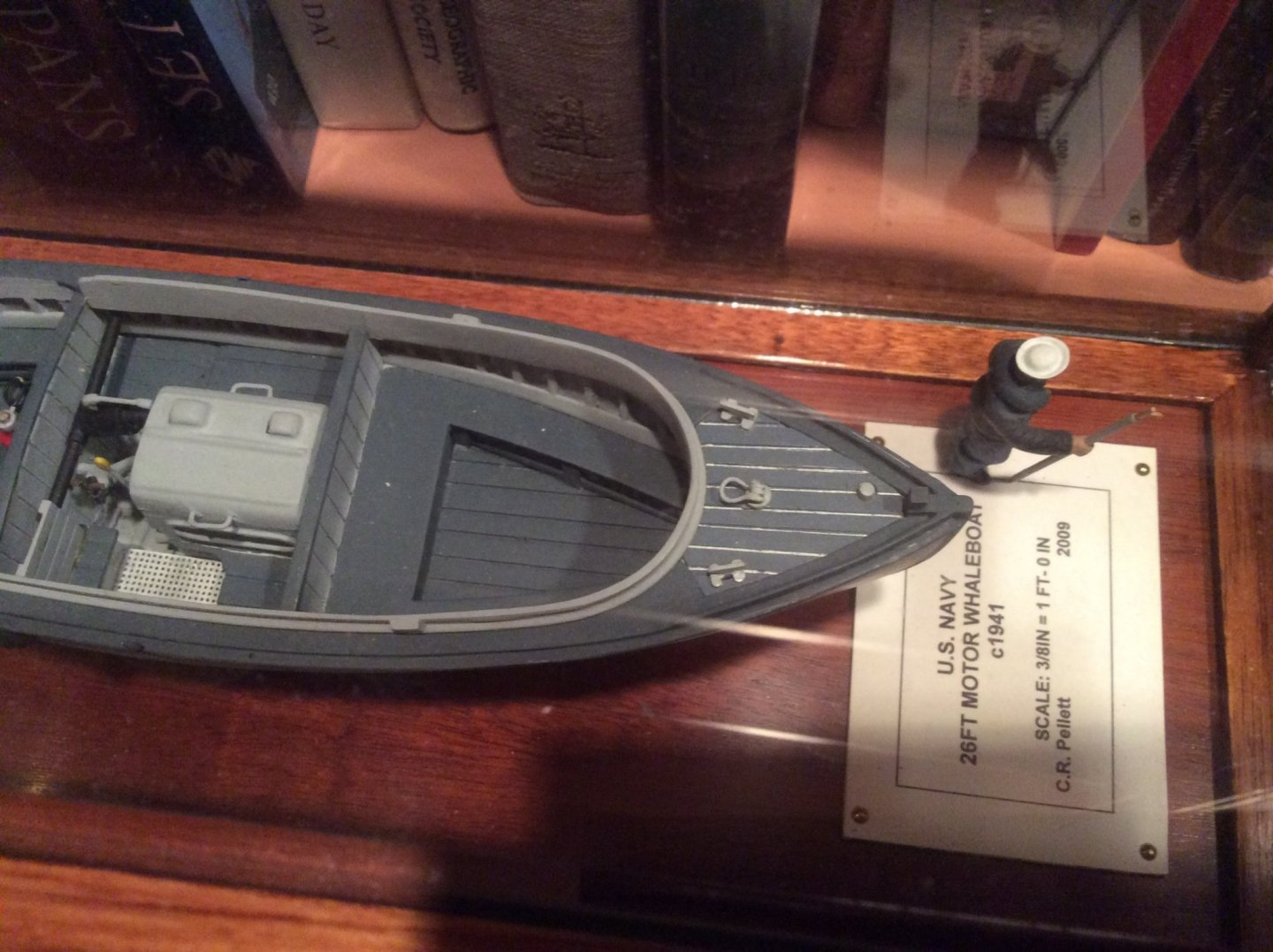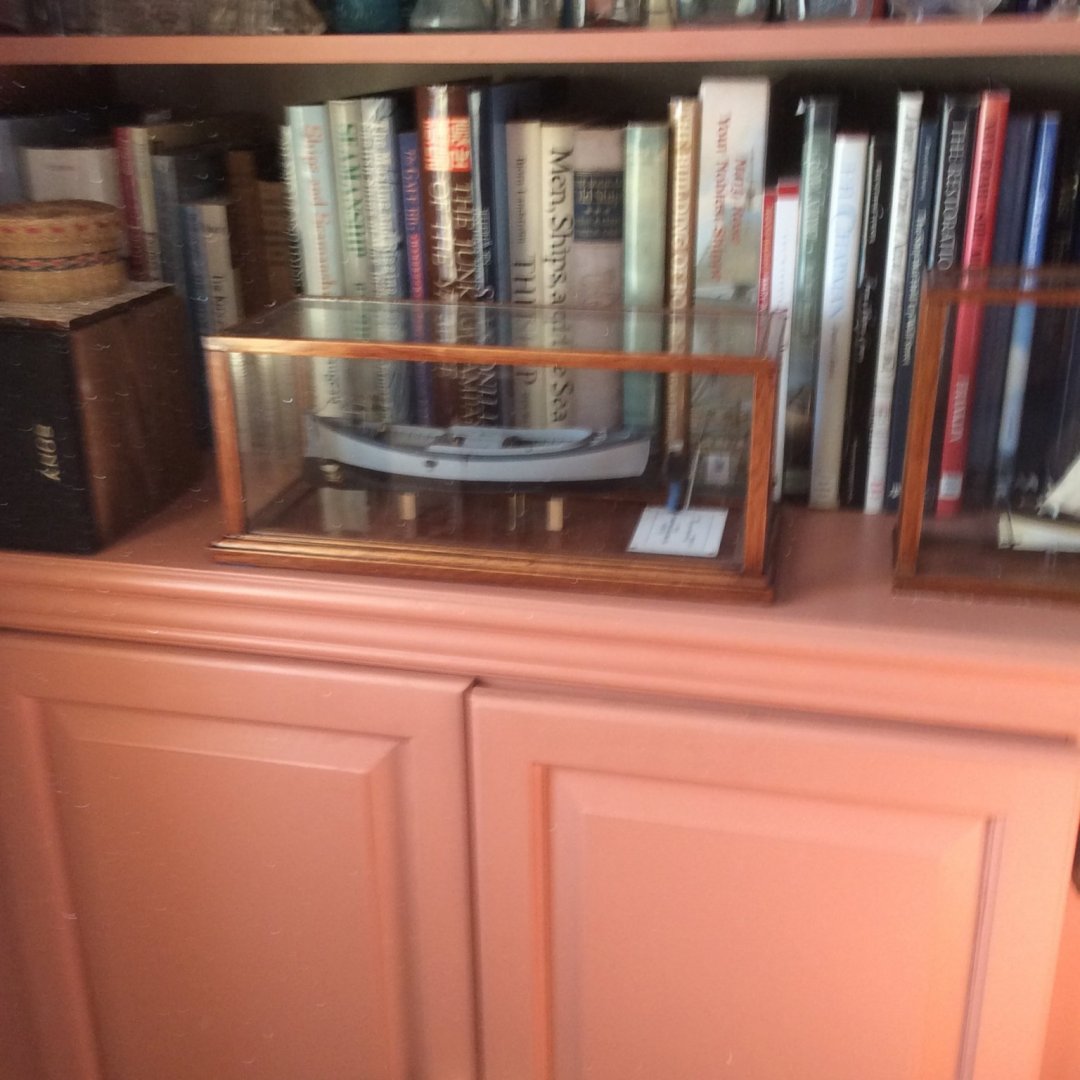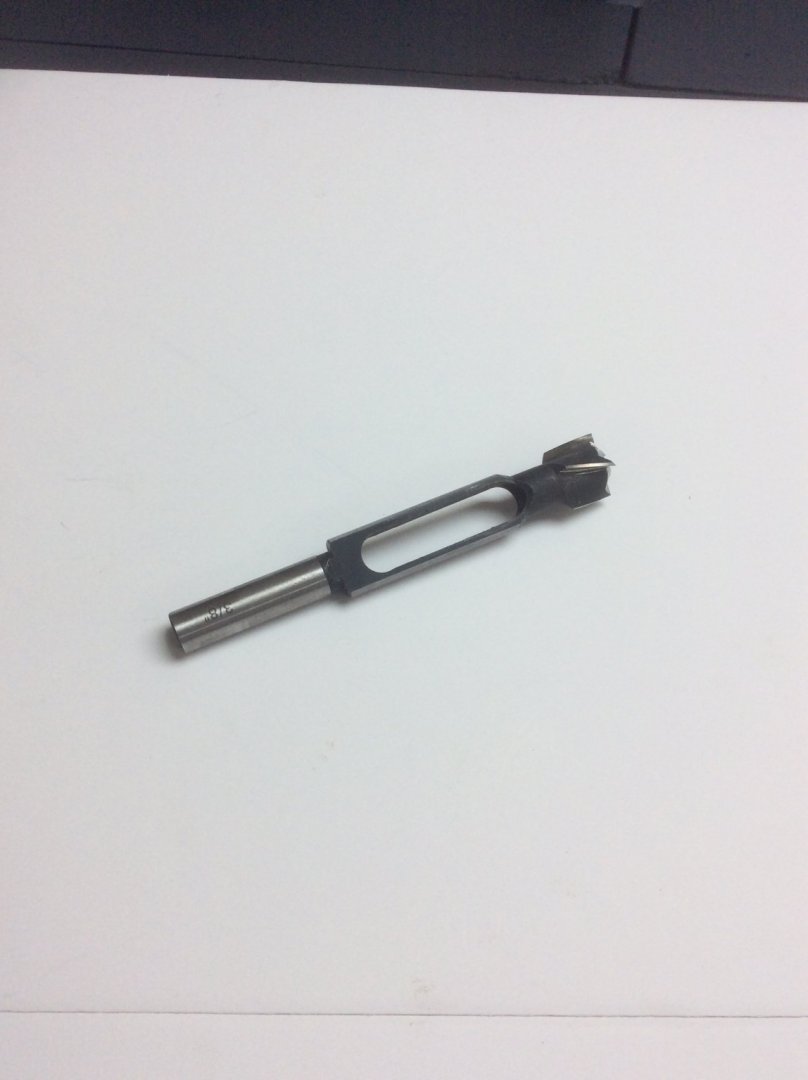
Roger Pellett
-
Posts
4,519 -
Joined
-
Last visited
Content Type
Profiles
Forums
Gallery
Events
Posts posted by Roger Pellett
-
-
-
Somewhere I read that one of the Dutch Shipyards’ competitive advantages was the early availability of wind powered sawmills to produce sawn planks vs sawing them by hand over a saw pit. Their lumber was also imported from the Rhine and the Baltic. I would, therefore, not think that these vessels were built from inferior lumber.
Roger
-
-
-
This appears to be someone’s interpretation of a wood canvas canoe. I personally think that it is well done. The rocker may be excessive but canoes intended for use in white water river canoeing are built with considerable rocker to improve maneuverability. Likewise River canoes often do not have keels. Unlike other boats a wood canvas canoe does not require a keel as a structural member. A lack of tumblehome would also improve stability in challenging conditions.
The real thing would be built from cedar, the ribs 5/32in thick x 2-1/2 in to 3in wide. Planking would be 5/32in to 3/16in white or red cedar. Each canoe builder had his own planking pattern and the planking is not intended to be watertight. Planking is nailed through the ribs with the nail points headed over. No glue is used.
The canoe is then covered with heavy canvas. Canvasing is an interesting job. The Canves is made up as an envelope suspended by ropes. The canoe is put in the envelope and stretched longitudinally. I used a boat trailer winch. The canvas is drawn up over the gunnel with plier like tools and nailed or stapled. The nails or staples are later covered up by the outwale. The canvas is not glued to the planking. If the planets are properly aligned the result is a nice smooth canvas cover. The canvas is then treated with a home made coating to waterproof it. I used linseed oil, old oil based paint, powdered silica, and Japan drier all mixed together. The canoe is then painted.
The point to all of this is that planking over this otherwise nice model will ruin it. A good paint job- satin or eggshell finish will be as close as you can come to the painted canvas. The Peterborough canoe is a completely different animal with totally different framing, and modifying your canoe will just make it a bastard. From your “handle” it seem that you are interested in Northwoods lore and culture. You can then take satisfaction in knowing that the wood canvas canoe is/was a direct descendant of the Native American’s and Vouyager’s birch bark craft.
You should be able to find a huge amount of information about these canoes. Thy looking up the following:
Wooden Canoe Heritage Association
Wisconsin Canoe Museum, Spooner, Wisconsin
Old Town Wood Canvas Canoes
Northwoods Canoe Company
Roger
- mtaylor, ccoyle, BLACK VIKING and 1 other
-
 4
4
-
Allan,
Here’s a closeup photo of the caulking. A larger diameter thread gave a crisper caulking line but to me looked fake to I opted for the smaller diameter giving a thinner caulk line.
Bruce,
A well known naval officer, I don’t remember who, once remarked that “A warship is known by the condition of her boats.” Navies, particularly in peace time made an effort to keep their boats looking smart. This was especially true of boats that transported officers. The US Navy used wooden 26ft Motor Whaleboats from the end of World War I until the early 1960’s when they switched to a fiberglass one of different design.
I have found two variations of the same 26ft wooden hull- a completely open utility model and the partially decked one that I modeled that could be used as a captain’s gig. US Navy World War II Destroyers were equipped with one of each. White caulking of the fore deck would have added to the appearance of the boat.
A number of Movies about World War II, for example The Enemy Below and The Caine Mutiny show these boats with mahogany trim finished bright. I have chosen to show the boat as it would have appeared during one of the hard fought campaigns early in the war when no one had the time to maintain varnished trim.
Roger
- bruce d, GrandpaPhil and mtaylor
-
 3
3
-
The model in the picture below is an example where thread was used in depicting a caulked deck but in a different way. The fore deck on this US Navy Motor whaleboat is stained navy “deck blue” with the seams payed with white lead.
I made the deck from a piece of 1/16in thick plywood with groves to represent deck seams cut on a miniature table saw. I then sprayed the entire deck with flat white paint and then sanded the paint off the flat surface but leaving it in the grooves. I then pushed a piece of thread into each of the grooves and sprayed the deck piece with the blue deck stain. Removing the thread left the white paint “caulking” in the simulated seams of the blue deck.
Roger
-
-
Here is my trick for making deadeyes with the grain oriented correctly.
Use a plug cutter. These are used in boarbuilding to cut plugs to fill counterbored screw holes. Most of these produce short plugs- 1/2in long or so, but some will produce much longer plugs-1-1/2in and they are not too expensive, maybe $15.
Unfortunately, the smallest long one that I was able to find cuts a 3/8in dia plug but at least I now had a round piece with the grain oriented correctly (crosswise) that I could easily chuck up in my lathe and turn to the correct diameter. You will need a drill press to turn the plug cutter.
-
-
I have been rereading a book about the air war in Korea. In that case, attack aircraft - Corsairs and AD’s were propeller driven and the fighters were jets-F9F Panthers. The launch sequence was attack aircraft first, and the shorter legged jet fighters much later with the rendezvous taking place closer to the target. In this case the short legged MIGs did not pose a threat until the strike group neared the target and only then if the target was near “MIG Alley.” The book’s author also claims that the difficulties maintaining the heavy attack schedule accelerated the adoption of the angled deck.
Roger
-
-
Back in the 1950’s A.J. Fisher listed plans of Wanderer in their catalog. They are still in business owned by Model Expo?, anyhow if you google A.J. Fisher you should find them. Maybe they can produce a set for you.
You might also wish to get a copy of the book “Whaleships and Whaling” by Church. Great photos taken on board sailing whalers towards the end of the period. Should be easy to find on used book sites.
Roger
-
-
In The recently published biography of Norman Ough, the author writes of Ough’s frustration of the wholesale destruction in the 1950s by the British Admiralty of a huge amount of pre WWII Royal Navy design documents.
The Company that I used to work for (Dravo Corporation) operated a large shipyard on the Ohio River near Pittsburgh, Pa where they built barges and river towboats. They were also the “lead yard” for the WWII LST construction program. They operated another yard during WWII at Wilmington, DE where they built Destroyer Escorts and PC patrol craft. All of the design drawings were stored in an inactive salt mine. Both yards have long since closed and the Company no longer exists.
Somewhere there is a treasure trove of drawings, but completely inaccessible.
Roger
- mtaylor, Egilman, popeye the sailor and 4 others
-
 7
7
-
-
-
I am resuming work on a project that requires a lot of soldering of brass. I will post a build log soon. Before suspending work several years ago I had a small Bernz-o-magic Propane hose torch that had a shut-off valve at the bottle and an adjustment valve at the torch head. Unfortunately I no longer have it and it would seem to be no longer made.
I am willing to spend the money to buy a quality replacement and have been looking at the Smith Little Torch. My concern is that they all seem to be combination Propane and Oxygen and I don’t want to deal with Oxygen and don’t need the extra heat.
Does Smith make a Propane only model?
Can the Propane Oxygen Model be used on straight Propane by shutting off the Oxygen valve?
Can anyone suggest a quality Propane only mini hose torch with flame adjustment at the torch head?
Roger
- mtaylor and thibaultron
-
 2
2
-
-
-
-
If my memory is correct, I believe that Fokker built short haul commercial aircraft used by commuter airlines during my “business travel” lifetime.
Roger
-
Nice model! Looking it the driver has a conventional steering wheel that I assume is connected to the front wheels. With the weight on the treads it would seem to be also necessary to vary their speed relative to each other to maneuver the vehicle. How does the driver do this?
Roger
-
Walnut, possibly burl.
- Keith Black, Jaager and mtaylor
-
 3
3




Canister, chain and bar shot storage?
in Discussion for a Ship's Deck Furniture, Guns, boats and other Fittings
Posted
Like the rest of the fleet they would have sailed or probably rowed south through the British line that night and temporarily escaped into the open lake, One of the several incredible incidents of the American Revolution. By the time the British realized that they were gone it took them several days to catch up and to destroy the Americans (one of the other Gondolas, Spitfire, has been found out in the open lake). The effect of Arnold’s hastily constructed fleet was to delay the British beyond the end of the summer campaigning season buying another year.
When the British tried a year later under Burgoyne they got bogged down in the wilderness south of Fort Ticonderoga and the better organized Americans defeated and captured them at Saratoga.
As another fanous general once said, “It was a close run thing.” Those wishing to read a great piece of historic fiction about Arnold’s fleet and the Saratoga Campaign should get a copy of Rabble in Arms by Kenneth Roberts.
Roger